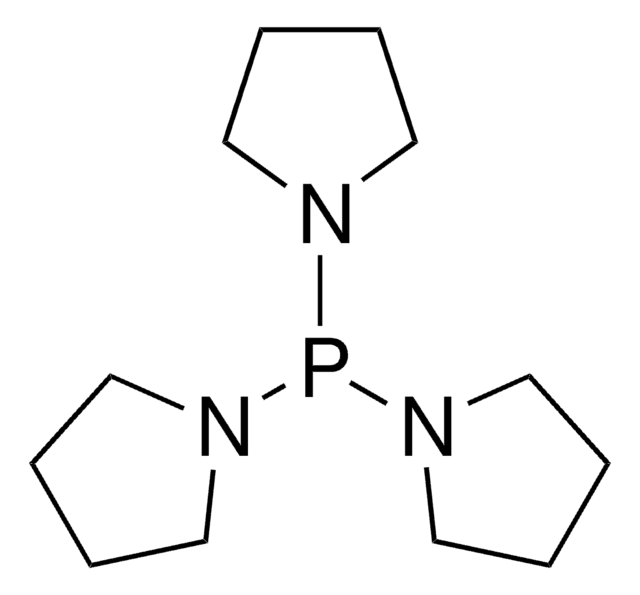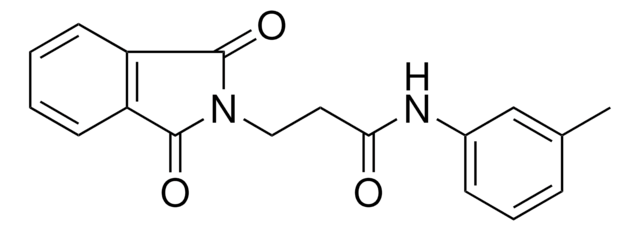809195
3-(Perfluoropyridin-4-yl)-3-propyl-1,5-dioxaspiro[5.5]undecane-2,4-dione
About This Item
Recommended Products
form
powder
storage temp.
2-8°C
SMILES string
FC1=C(F)N=C(F)C(F)=C1C2(CCC)C(OC3(CCCCC3)OC2=O)=O
InChI
1S/C17H17F4NO4/c1-2-6-17(9-10(18)12(20)22-13(21)11(9)19)14(23)25-16(26-15(17)24)7-4-3-5-8-16/h2-8H2,1H3
InChI key
OJBHZVGQJBBEDE-UHFFFAOYSA-N
General description
Application
Storage Class
13 - Non Combustible Solids
wgk_germany
WGK 3
flash_point_f
Not applicable
flash_point_c
Not applicable
Certificates of Analysis (COA)
Search for Certificates of Analysis (COA) by entering the products Lot/Batch Number. Lot and Batch Numbers can be found on a product’s label following the words ‘Lot’ or ‘Batch’.
Already Own This Product?
Find documentation for the products that you have recently purchased in the Document Library.
Related Content
Organofluorine chemistry is an essential part of drug discovery programs as well as agrochemical programs and even plays a major role in materials chemistry. Despite the undeniable importance of fluorinated organic molecules, our ability to synthesize these substrates is lacking - though arguably it is better than that of Nature. Consequently, methods that allow facile access to fluorinated molecules are important especially when they provide unique access to fluorinated chemical space.
Our team of scientists has experience in all areas of research including Life Science, Material Science, Chemical Synthesis, Chromatography, Analytical and many others.
Contact Technical Service







![Sulfo-LC-SPDP (sulfosuccinimidyl 6-[3′-(2-pyridyldithio)propionamido]hexanoate)](/deepweb/assets/sigmaaldrich/product/structures/266/633/e2a263be-4bd3-4fcf-89c4-75b5e2bd829c/640/e2a263be-4bd3-4fcf-89c4-75b5e2bd829c.png)
